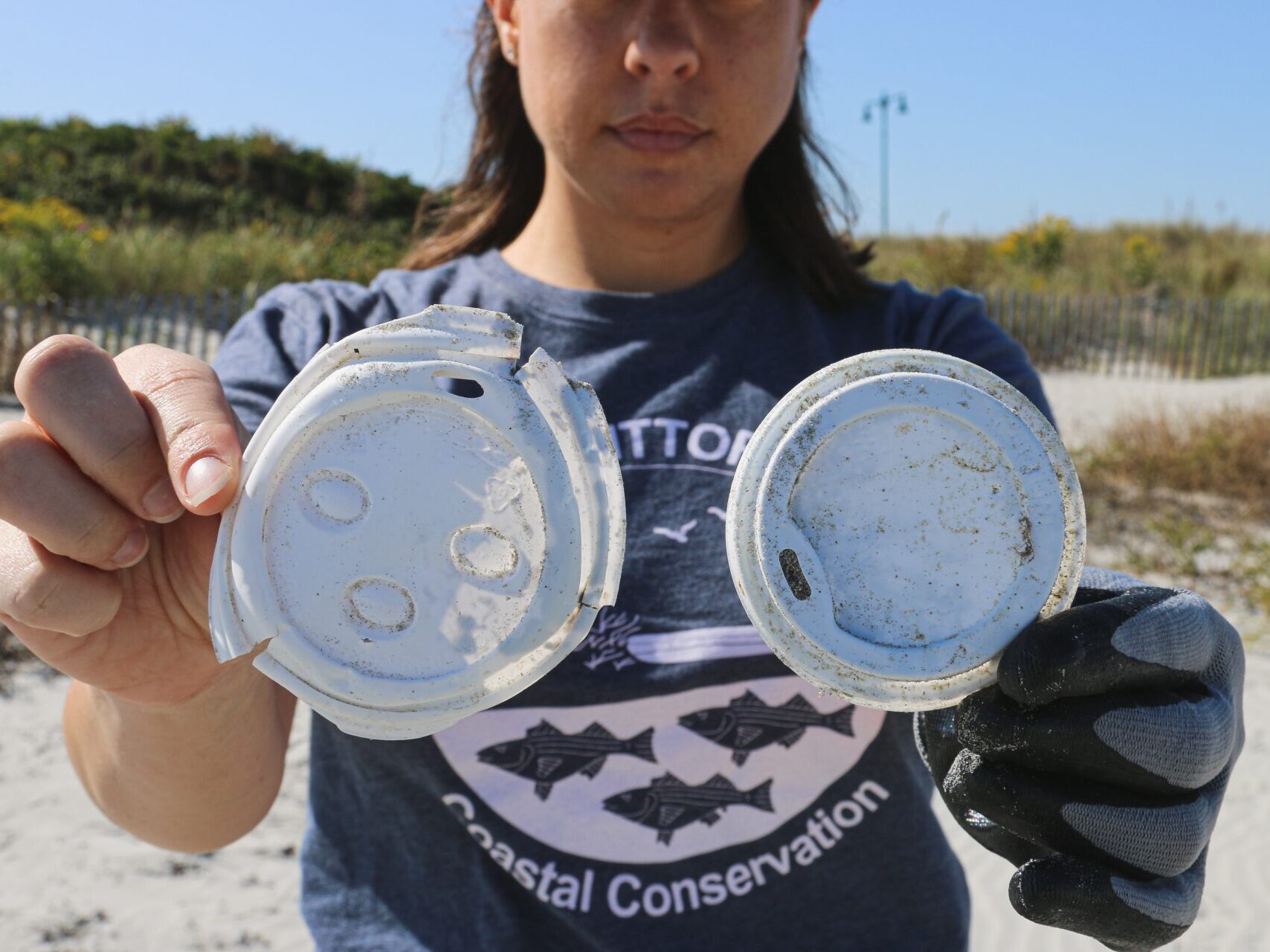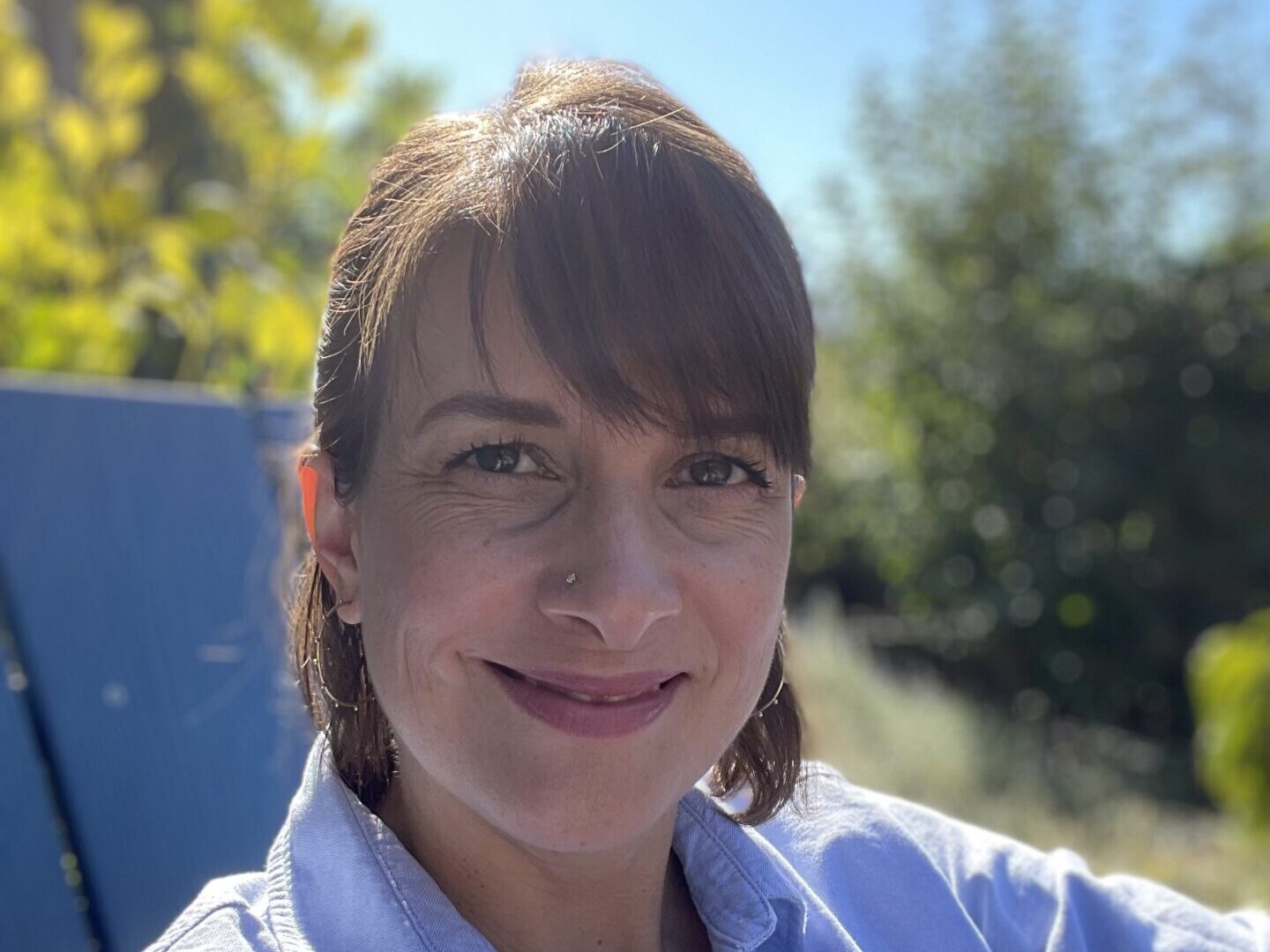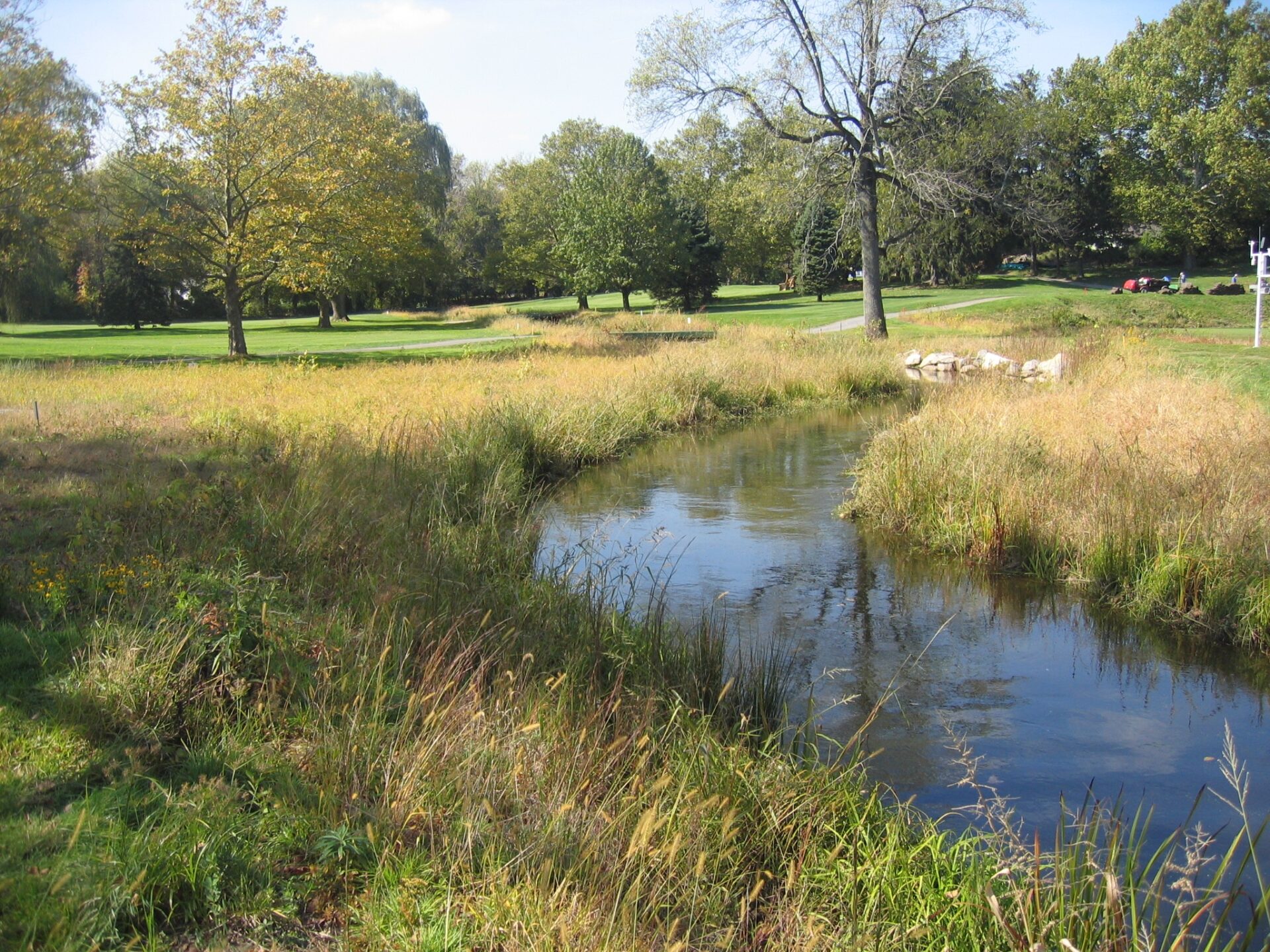
Clean Beaches Week
July 7, 2023
Julie Johnstone to Head Planning Department
July 11, 2023
Ombria Resort Golf Course in Loule, Portugal
Sustainable Golf
Author: Hannah Jugar
Public golf courses offer a green space for community members and serve as corridors for local wildlife. Golf courses, especially those in urban settings, can sequester carbon and reduce the area’s urban heat island effect – temperature increase from heat absorbed by buildings, roads, and concrete surfaces. Golf courses provide a few environmentally-friendly services; however, some courses use ample inputs of water to meet the aesthetic norms of the sport. In 2000, about 2.08 billion gallons of water were used daily for golf course irrigation in the United States, enough water to fill approximately 3,200 Olympic sized swimming pools. A transition to more sustainable course management practices is required by U.S. golf courses to adapt to the various risks of climate change.
Sustainable Golf is a GEO certified, international nonprofit established in 2007. The foundation identifies and advocates for advancements in climate change adaptations and resource conservation in the golf industry. The Sustainable Golf website maps various golf tournaments, projects, and facilities showcasing leadership in sustainability. One of these projects, the Ombria Resort Golf Course in Loule, Portugal, converted a former fruit farm into a golf resort with a design influenced by the surrounding river valley, hills, and local use of renewable energy. Project sustainable features include:
- Over 1,800 linear meters of riparian habitat restored and rehabilitated with 18,000m2 of riverside habitat;
- Over 700 oak (Quercus ) trees planted in a commitment to a 1:5.6 re-planting policy ratio site wide;
- Two onsite plant nurseries, a greenhouse, and an organic farm to future-proof that part of the resort's supply chain; and
- Ten strong and close partnerships and community initiatives in place with the local council, non-governmental organizations, university, and school system.
The topic of sustainable golf is emerging in the American golf industry as well, with 35 facilities and courses acknowledged by Sustainable Golf in the whole U.S. In comparison, the United Kingdom, which is about 40 times smaller in land mass, has over 200 records of sustainable golf advancements. California, where Great Ecology is headquartered, is projected to endure worsening wildfires, drought, average annual temperature increase, and flooding for snowmelt. These factors make climate change an urgent issue in the planning and infrastructure development of the California golf industry.
The U.S. is delayed in their sustainable golf movement compared to most European countries; however, it is not “too late” for golf course management to adapt. Some course managers and superintendents in Southern California are making a proactive effort in sustainability, including Armando Najera, Chula Vista Golf Course, General Manager.
Najera’s climate change adaptation plans for Chula Vista Golf Course include:
- Reducing water use and maintenance through replacing turf with drought tolerant California native plants landscaping;
- Planting Paspalum grass (Paspalum ) – a warm season grass that requires lower inputs, is adapted to the salinity of brackish water from their on-course well, and reduces reliance on off property non-potable water sources;
- Planting Bermuda grass (Cyndon dactylon) – the most drought-tolerant turf;
- Installing more efficient irrigation system to limit water loss; and
- Continuing the use of energy efficient lithium golf cart batteries, which began in 2018.
Enhancing the sustainable golf movement in the U.S. is possible, especially with guidance from golf course superintendents in Europe. The top 100 most sustainable golf courses in Europe, according to World Golf, implement projects like on-site renewable energy production, beehive installation, composting, and invasive species removal.
Beyond the world of golf course management, there are additional ways that private golf courses, municipalities, and conservation organizations can contribute to more sustainable golf. Projects like riparian and wetland restoration, nature-based solutions for erosion control and water quality improvement, and adaptive habitat management of natural areas can all be applied on golf courses throughout the U.S. Great Ecology’s former project at the Bonnie Briar Country Club in Westchester County, NY is a great example. Our team designed a streambank and riparian restoration plan that resulted in restored floodplain hydrology, new riparian habitat with native plants and pollinators, improved oxygenation in the streambed, and an enhanced aesthetic value.
As a tour professional, amateur golfer, or fan of the sport, what can a single individual do to make golf more sustainable? – The answer is A LOT! Meet with your local golf course superintendents and general managers to encourage more eco-conscious practices. Golf is also a game of networking. Bring up the topic of sustainable golf to social media, with your weekend golf group, or with the random single you get paired with. Draw attention by using the hashtag #ForSustainableGolf on your next golf post. All large movements begin with individual action, and the clock is ticking for the American golf industry to adapt to the changing climate.
Bonnie Briar Country Club - After



